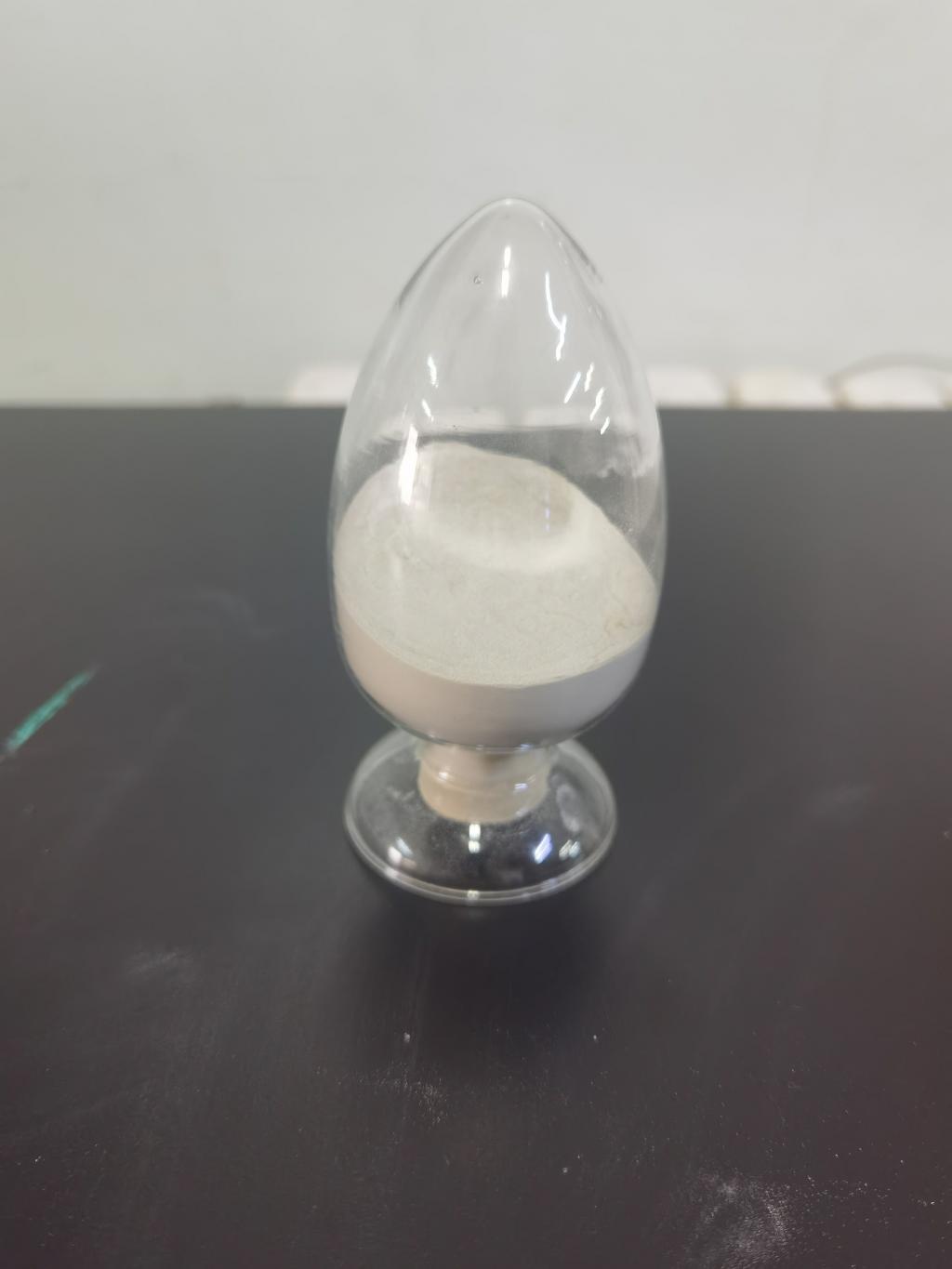Tel:+8618231198596

News
 CONTACT
CONTACT
 CONTACT
CONTACT
- Linkman:Linda Yao
- Tel: +8618231198596
- Email:linda.yao@dcpharma.cn
- Linkman:CHARLES.WANG
- Department:Overseas
- Tel: 0086 0311-85537378 0086 0311-85539701
News
Current Position:
Home >
News
>Nisin Synergy with Nanotechnology: A Microscopic Approach to Food Safety
Nisin Synergy with Nanotechnology: A Microscopic Approach to Food Safety
TIME:2024-03-13
Nanotechnology, with its ability to manipulate materials at the nanoscale, offers promising solutions to overcome these challenges. By leveraging nanomaterials for encapsulation and delivery, nisin can be protected from degradation and targeted to specific sites within food matrices. This article explores the synergy between nisin and nanotechnology, elucidating their combined potential to revolutionize food safety through improved antimicrobial activity, extended shelf life, and precise delivery systems.
Enhanced Antimicrobial Activity:
Nisin's effectiveness as an antimicrobial agent is well-established, with its ability to disrupt bacterial cell membranes leading to cell death. However, factors such as pH, temperature, and the presence of other food components can influence its efficacy. Nanotechnology provides a means to enhance nisin's antimicrobial activity by encapsulating it within nanostructures, such as liposomes or nanoparticles, which shield it from environmental stresses and facilitate controlled release.
Encapsulation of nisin within nanocarriers not only protects it from degradation but also improves its solubility and dispersibility in food matrices. Additionally, nanoencapsulation allows for the controlled release of nisin over time, ensuring sustained antimicrobial activity against target pathogens. Studies have demonstrated the enhanced efficacy of nanoencapsulated nisin against a wide range of foodborne bacteria, including Listeria monocytogenes, Escherichia coli, and Staphylococcus aureus.
Extended Shelf Life:
One of the key challenges in food preservation is extending the shelf life of perishable products while maintaining their quality and safety. Nisin, with its ability to inhibit the growth of spoilage and pathogenic bacteria, offers a promising solution. However, its efficacy may be compromised by factors such as temperature fluctuations and interactions with food components.
Nanotechnology addresses these challenges by providing innovative approaches to stabilize and deliver nisin effectively. Nanoencapsulation protects nisin from degradation caused by environmental factors, such as pH changes and enzymatic activity, thereby extending its shelf life. Moreover, nanocarriers can be engineered to release nisin in response to specific triggers, such as pH or temperature, ensuring optimal antimicrobial activity throughout the storage period.
Targeted Delivery Systems:
Another advantage of nanotechnology in enhancing nisin's efficacy lies in its ability to facilitate targeted delivery to specific sites within food matrices. By encapsulating nisin within nanoparticles or coating it onto nanofibers, nanotechnology enables precise control over its release kinetics and distribution within food products. This targeted delivery approach minimizes waste and ensures maximum utilization of nisin's antimicrobial properties.
Furthermore, nanocarriers can be functionalized with ligands or peptides that selectively bind to receptors on bacterial cell membranes, enhancing the specificity of nisin delivery. This targeted approach not only improves the efficiency of antimicrobial action but also reduces the risk of off-target effects on beneficial microorganisms or food components. By precisely controlling the release of nisin, nanotechnology enables tailored strategies for combating microbial contamination in diverse food products.
Conclusion:
Nisin's synergy with nanotechnology represents a promising frontier in the field of food safety, offering innovative solutions to enhance antimicrobial activity, extend shelf life, and facilitate targeted delivery systems. By leveraging nanomaterials for encapsulation and delivery, nisin can overcome challenges such as limited stability and efficacy under harsh conditions, paving the way for its widespread application in food preservation.
Moving forward, continued research and development efforts are needed to optimize the design and functionality of nanocarriers for nisin delivery. Additionally, comprehensive safety assessments are essential to ensure the suitability of nanoencapsulated nisin for consumption. Nevertheless, the combined potential of nisin and nanotechnology holds great promise for revolutionizing food safety practices and safeguarding public health against the risks of foodborne illnesses.
- Tel:+8618231198596
- Whatsapp:18231198596
- Chat With Skype







